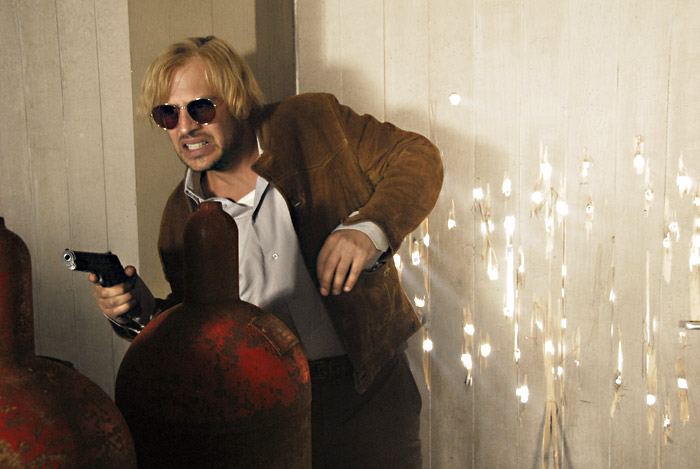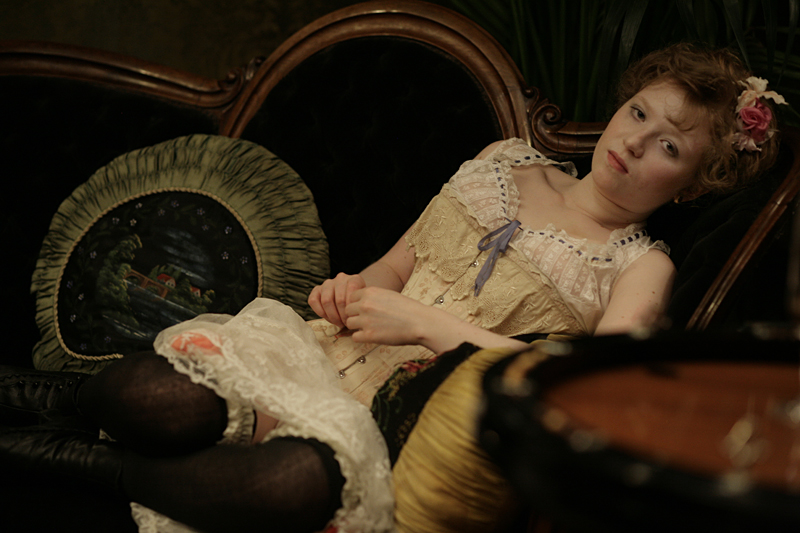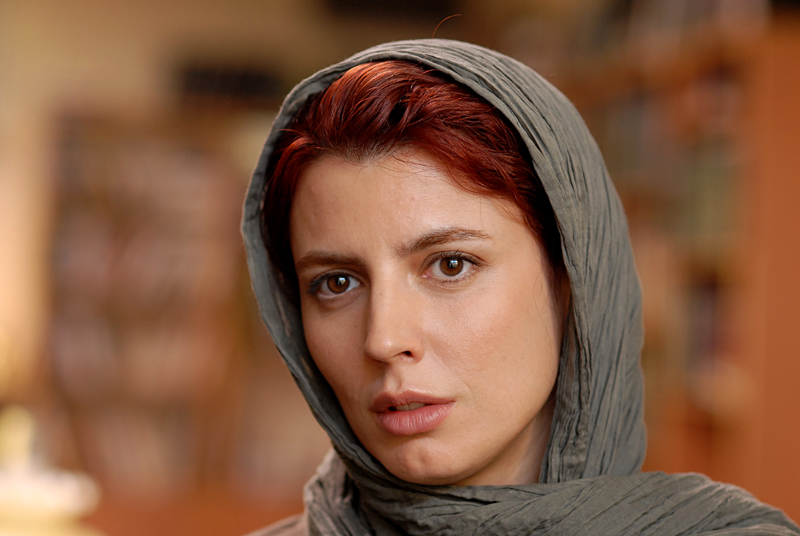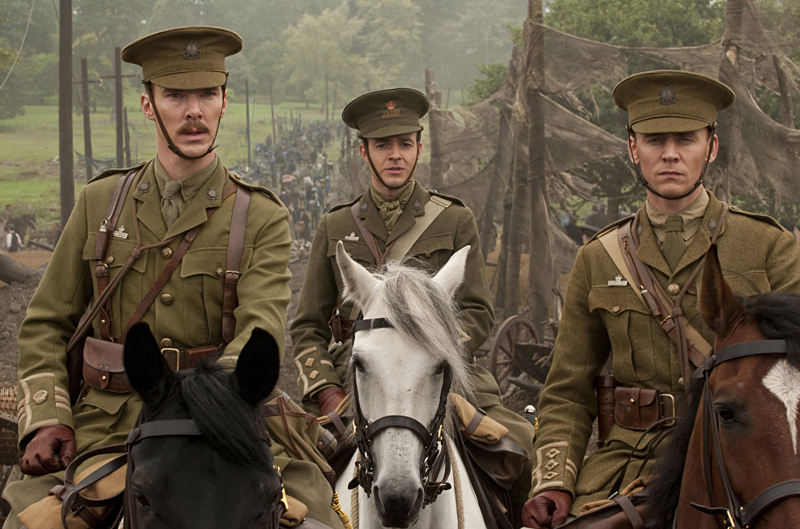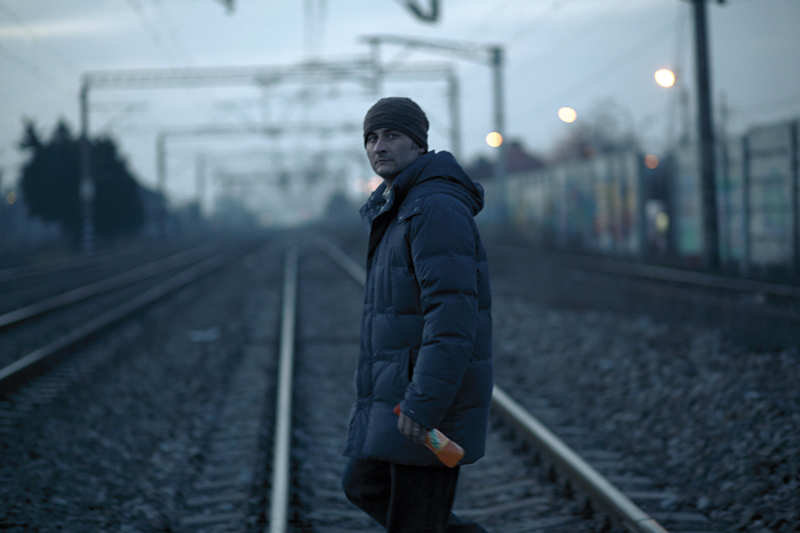Founded by self-described urban guerrillas Andreas Baader, Gudrun Ensslin, and Ulrike Meinhof, the Red Army Faction were the Weather Underground, Symbionese Liberation Army, and righteous outlaws of Bonnie and Clyde combined—robbing banks, planting bombs, shooting cops, and assassinating judges for the better part of the decade that followed the convulsions of 1968. Directed from Bernd Eichinger’s screenplay by Uli Edel, Baader Meinhof is a sweeping, hectic docudrama that would have been immeasurably helped by the use of informational intertitles. Despite a large cast, only the three principles are individualized. Baader (Mor-itz Bleibtreu) and Ensslin (Johanna Wokalek) make a charismatic couple—she’s a fiery fanatic, he’s a crazy hipster. As the journalist gone native, Martina Gedeck’s Meinhof is a tormented liberal who takes the existential plunge—and becomes an object of media fascination—when she decides to escape with the duo after facilitating Baader’s 1970 jailbreak. The events are clear, but the psycho-politics are obscure. But, from the early scene in which Berlin cops allow Iranian thugs to attack peaceful demonstrators against the Shah to the final corpse-dump of kidnapped industrialist Hanns Schleyer, the movie has an undeniable sweep. “Why do new terrorist units keep emerging? What motivates them?” someone asks the police chief (Bruno Ganz), to which he answers, “A myth.” Baader Meinhof dramatizes that myth with surprising success, even as it fails to illuminate it.
The Baader Meinhof Complex: Germanys Radical 70s Make Little Sense Today
